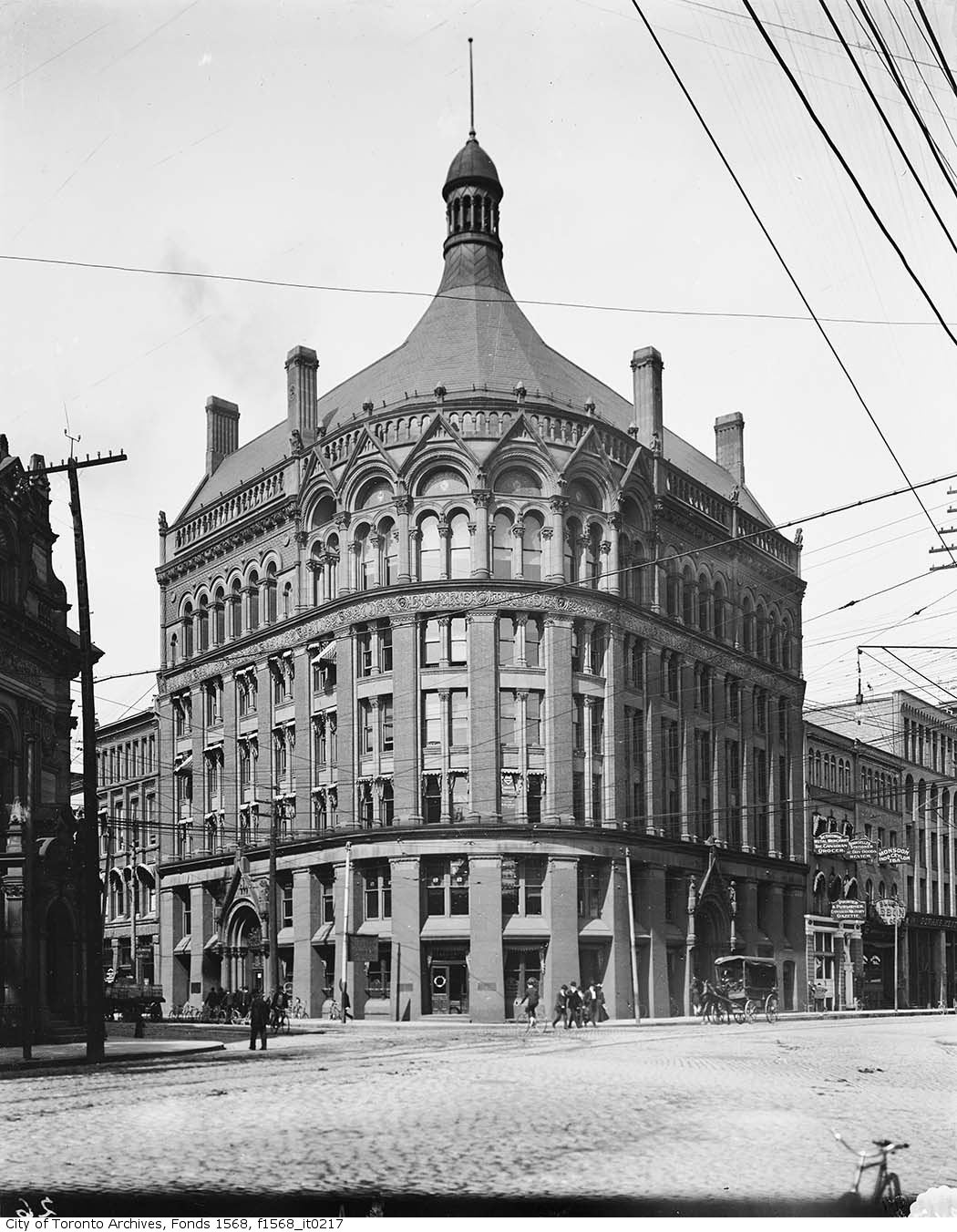On June 13 the Board held its Annual Lunch. As we celebrate the Board's achievements of the past year, we are also highlighting our history of influence while remaining focused on tomorrow’s success.
During celebrations marking the Board’s 100th anniversary in 1945, the Viscount Halifax aptly framed the life and success of the Board, this way:
“The Board of Trade has played a notable part in the development of this city and, I suppose, the history of the one is inseparable from the history of the other as of two friends who have grown up together. It is by the vigour and by the enterprise of her sons that Toronto holds so proud a place among the cities of our Commonwealth, and surely no single organization represents and expresses those qualities more faithfully than does the Board of Trade.”
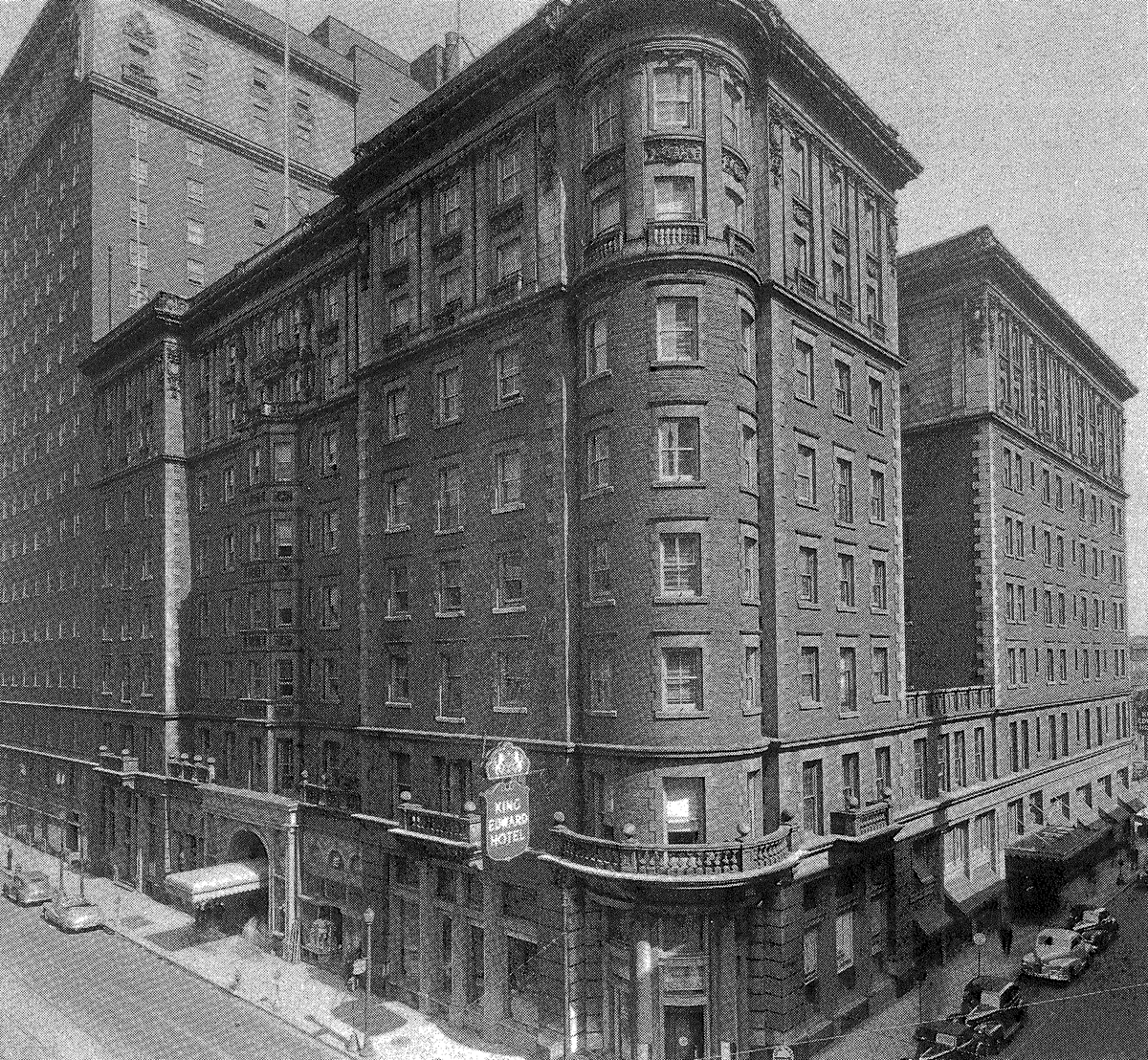
From its first days the Board was the leading voice in the City and in fact Upper Canada as much of Ontario was called then. The Board was in fact an advocacy group, constructively critical and successful in its ability to influence government. Its voice represented not only those engaged in trade, but also largely represented the views of the broader community.
In concert with its members, the Board has put time and effort into identifying key issues, developing solutions, and working with or lobbying government for improved conditions. This advocacy has focused on a broad spectrum of economic and societal issues such as taxation, transportation, housing, health care, national unity, and international trade, to name just a few.
In the 1960s and 1970s, as Canada faced challenges related to regional disparities and the rise of Quebec separatism, the Board was a vocal proponent of a united Canada. It supported initiatives that encouraged economic collaboration between provinces and worked to foster a sense of shared purpose and mutual benefit for Quebec and the rest of Canada. Similar to how it sought to improve conditions in the Toronto region, the Board promoted the broader benefits for a united Canada and its efforts helped in no small part in encouraging enough Quebecers to choose Canada instead of sovereignty association, or worse.
Today the Board continues to grow along with and champion key economic and social issues on behalf of the more than 8 million residents and 3.5 million jobs to drive an economic powerhouse that generates nearly two-thirds of Ontario’s GDP, and a quarter of Canada’s.
Over nearly two centuries the Board and Toronto region have grown together, numerous issues have come, gone and returned. In this advocacy the Board has recognized that economic prosperity is closely linked to human well-being and social conditions.
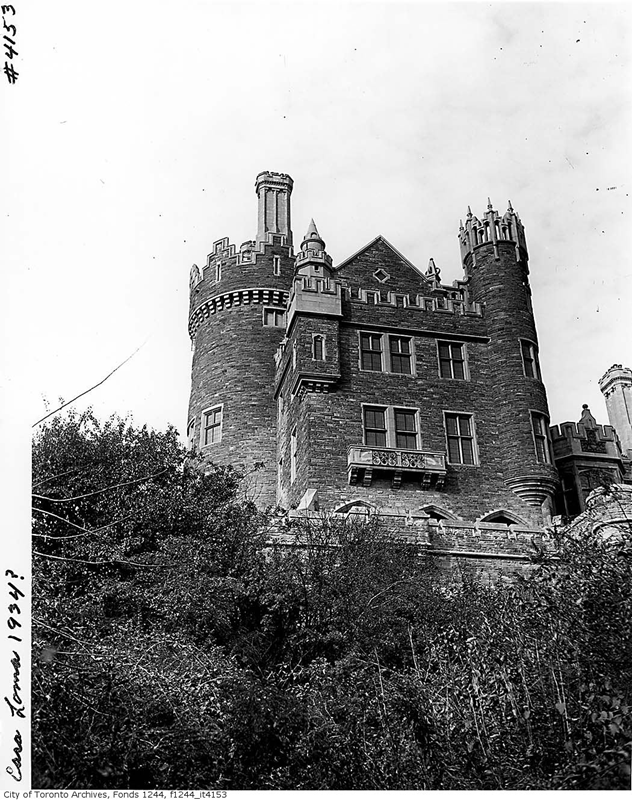
One long standing pursuit has been the improved use of, development, and protection of the Great Lakes and its connecting waterways. These early highways were vital to the movement of goods and people. The Board fought for the building of harbours and canals, and later their dredging to facilitate ever larger shipping.
It was a matter of trade, but also health. When Lake Ontario was straining under the weight of the city’s growing population and sewage in the 1880’s, the Board fought for better wastewater treatment instead of a new City Hall and Court House. As the Board’s president said in 1885, “pure water and a more suitable place of deposit for the sewage than the bay in front of the city are of infinitely more importance to our progress and prosperity than the proposed erection of a new and costly City Hall.” The Board lost that battle but did not give up. It eventually won over the City, and even a few of its NIMBY members, to agree to build sewage treatment plants along the lakeshore. Today the Board’s work on the economic opportunity, national and continental connectivity and health of the Great Lakes continues as we are set to host the Great Lakes Sustainable Growth Forum from June 25-27th.
The more things change, the more they stay the same. The Board and the Toronto Region continue to grow together.
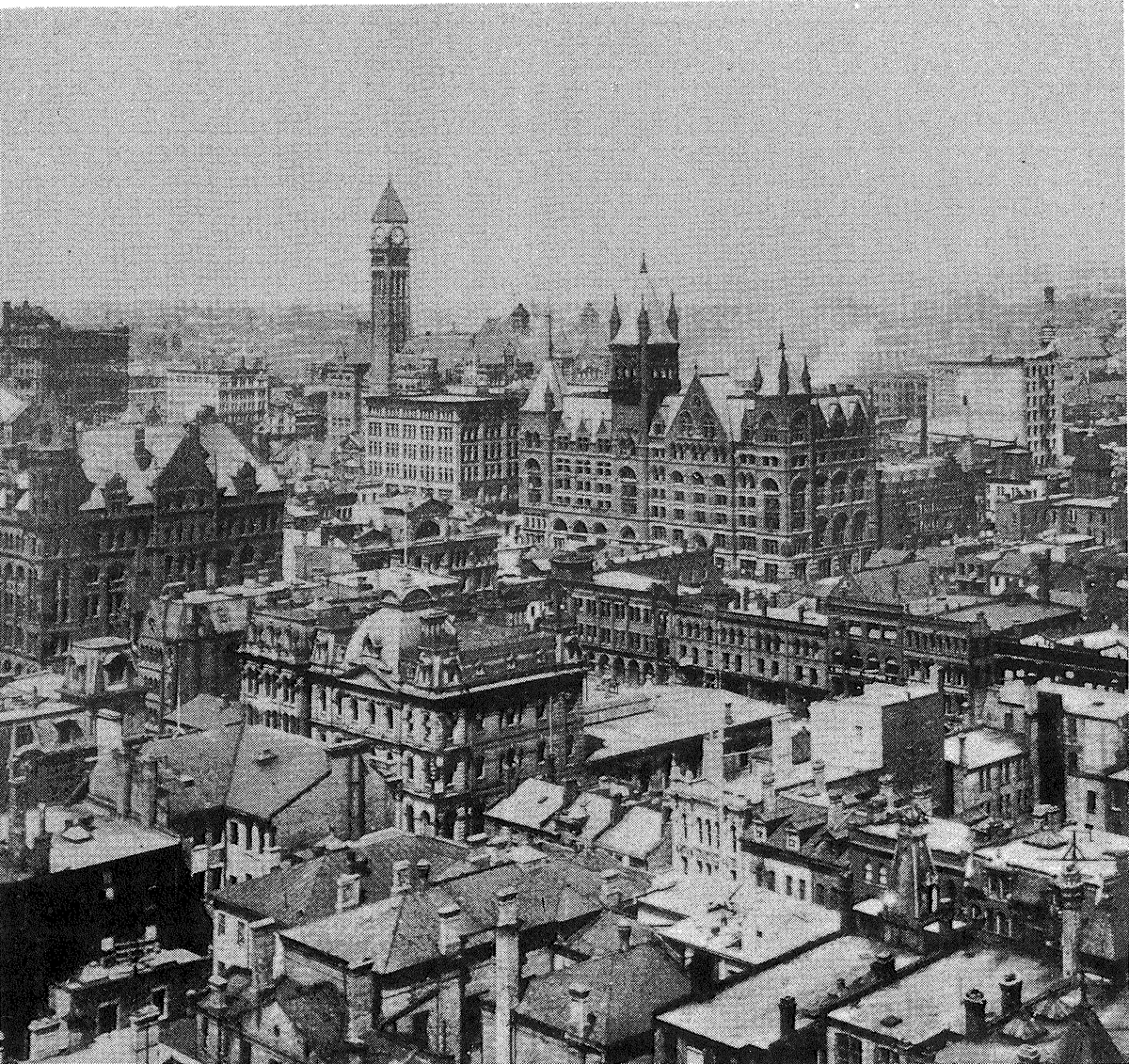
An aerial view of the City of Toronto in 1907...
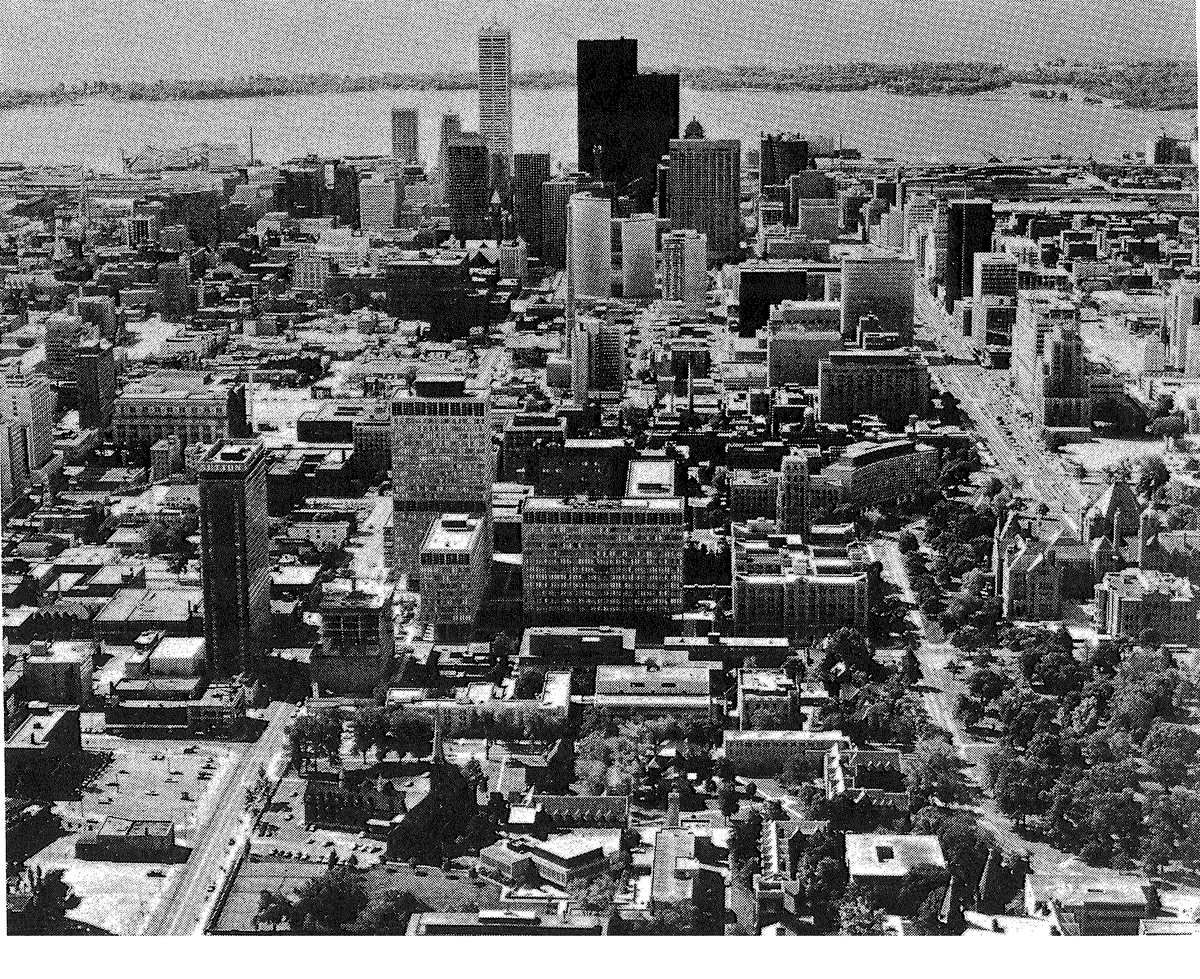
...and a similar view in 1974.
